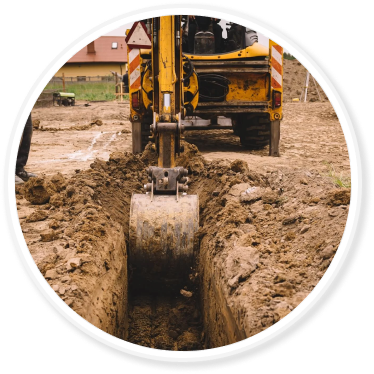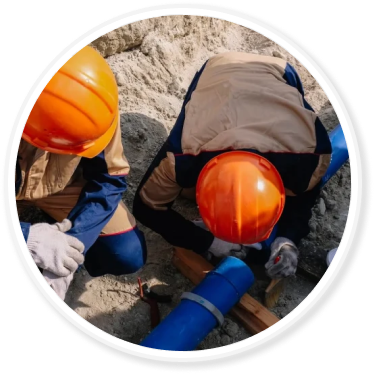Expert Lateral Line Installation and Repair Services
in Springfield, MO
Reed's Plumbing & Excavating specializes in expert lateral line or side line installation and repair services in Springfield, MO. With a commitment to quality, our skilled technicians ensure the seamless assembly of sidelines, addressing drainage issues effectively with our plumbing experts. Reed's Plumbing & Excavating employs advanced techniques to enhance system durability, whether a new assembly or restoring damaged lines. Our team is equipped to handle various pipeline materials, offering tailored solutions to meet clients’ specific needs and to get the job done right.
Our company delivers reliable, efficient, cost-effective sideline services, contributing to the community’s infrastructure resilience and ensuring optimal functionality for residential and commercial properties. Contact us when you need local plumbing help with your next plumbing project.

